On the Road is a weekday feature spotlighting reader photo submissions.
From the exotic to the familiar, whether you’re traveling or in your own backyard, we would love to see the world through your eyes.
It’s Albatrossity Monday! We are world travelers this week, starting in the Serengeti, then heading to France with Dextrous, South Carolina with Raven, and Colorado with cope. We finish off the week with lashonharangue in Tanzania!
Remember, you don’t have to be somewhere exotic to send in a submission! Local color is fun, too.
Albatrossity
Our second day in the Serengeti was spectacular. Both mammals and birds continued to amaze!
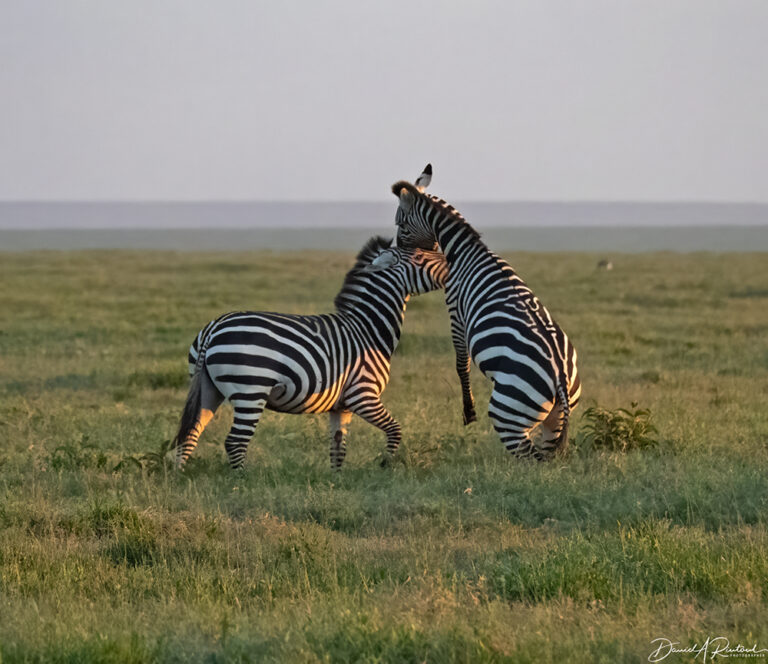
The day started with these two zebras engaging in a bit of horseplay as the sun came up. Still pictures cannot do this scene justice, so here is a video with some other creatures in the foreground and in the background. Click here for larger image.
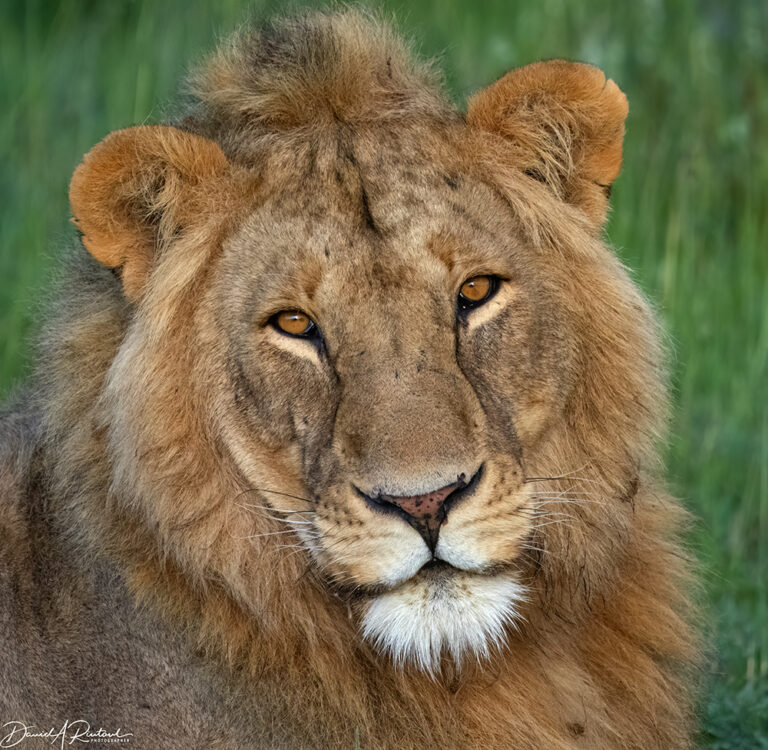
We headed for a site where a pride of lions was having breakfast (one wildebeest, with a side order of zebra), but they had finished up and were all just sitting around, digesting and posing for the tourists. This handsome young male had his portrait taken, and later I made a print of this image and gave it to my sister, who is definitely a cat person! Click here for larger image.
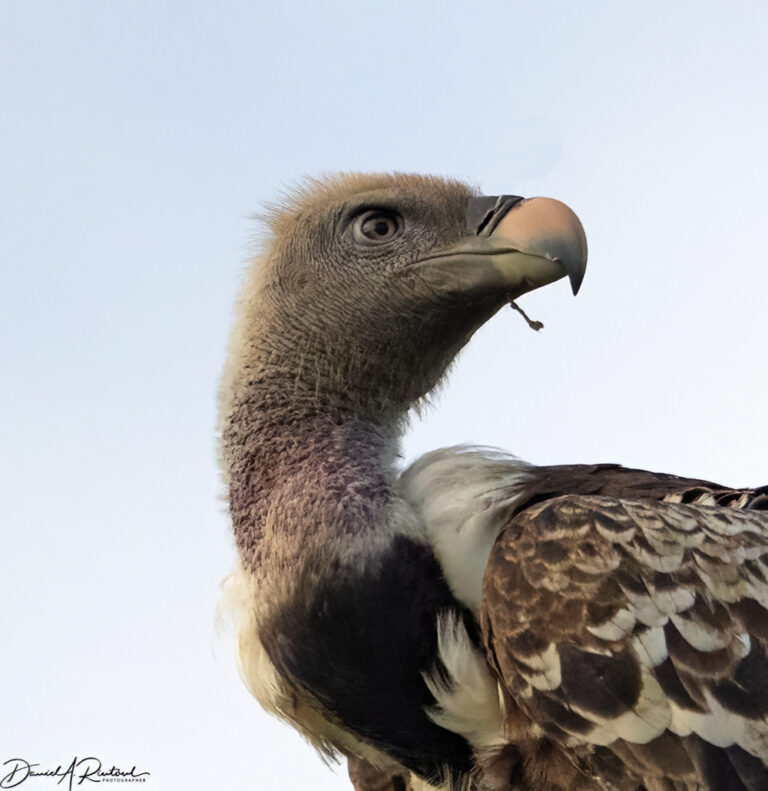
The bones of the lions breakfast were getting picked over by the normal vulture crowd, but that was a bit gory for sharing here. But a few minutes later we found this Ruppell’s Griffon perched high on a kopje; it was building a nest up there. So that is some sort of vegetation, not zebra pickings, in its beak. Click here for larger image.
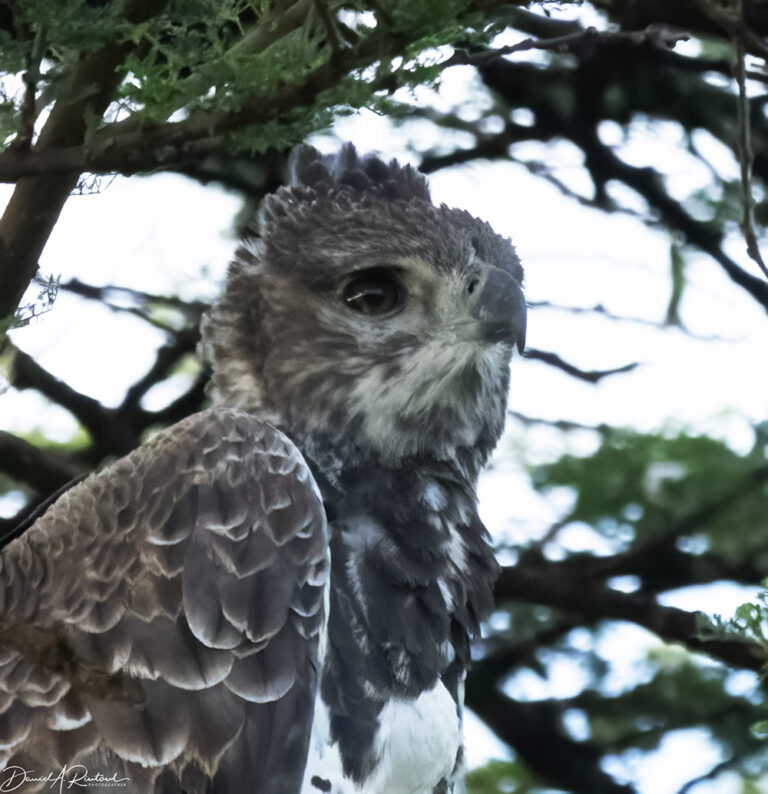
The same kopje hosted the Martial Eagle we had seen on the previous day. It was also mostly sedentary, digesting whatever meal it had managed to catch yesterday. But that also meant that it was OK with sitting for a portrait shoot. Click here for larger image.
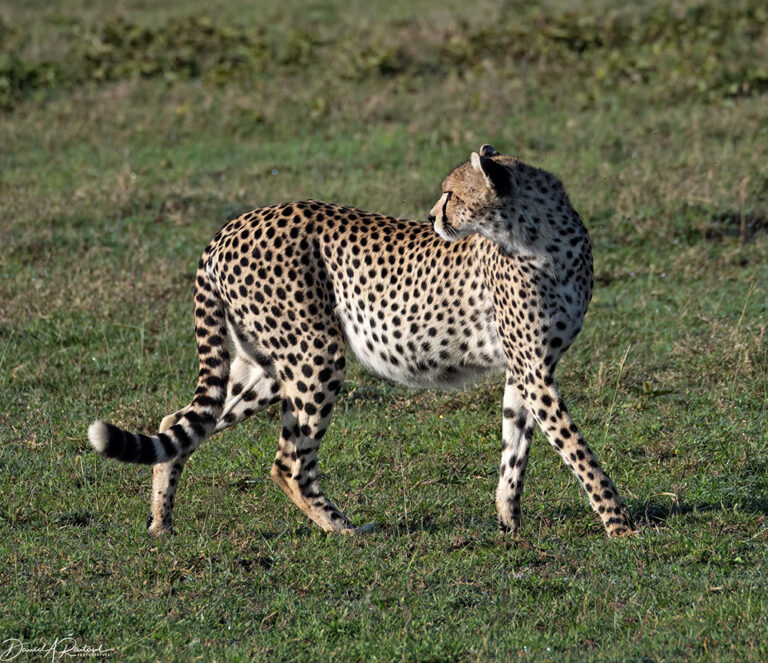
Later in the morning we found a pack of cheetahs which had also had a successful hunt the night before. This one was so full that its belly swayed as it walked around, looking for a good place to take a nap. As you might infer from the video, it really needed to lie down for a while! Click here for larger image.
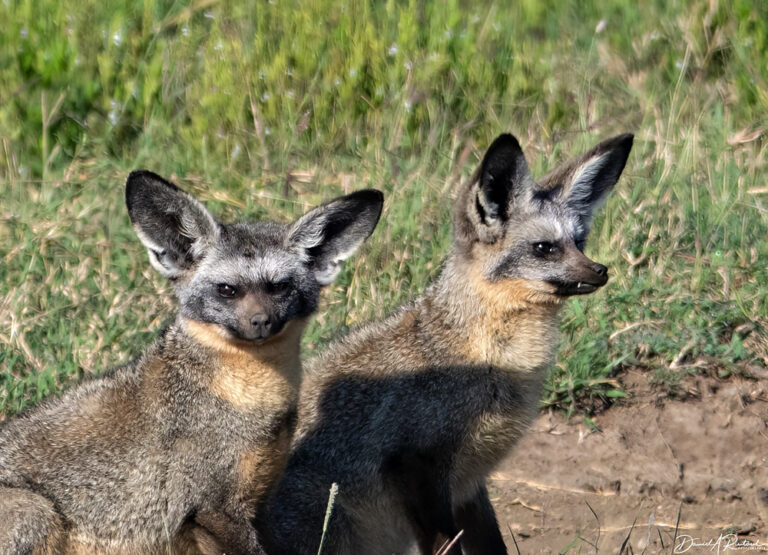
The next sighting was one of the highlights of the entire trip, a pack of mammals that I had not even heard of prior to that day. Bat-eared Foxes (Otocyon megalotis)! These canids are the only species in the genus Otocyon, and also the only insectivorous canids; much of their diet consists of termites. But despite those peculiarities, they certainly act like dogs, as this video shows. Click here for larger image.
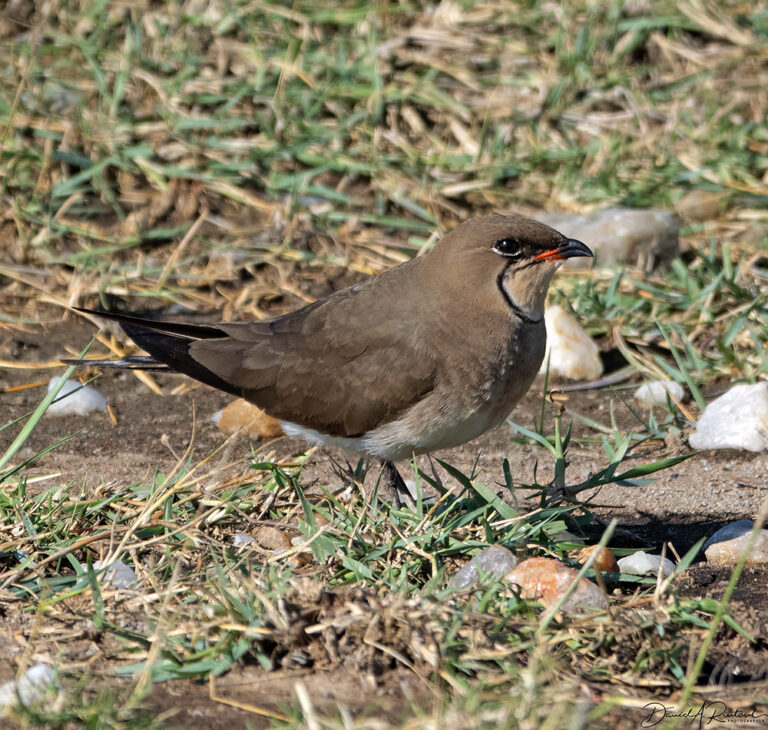
Another bird on my wish list for this trip, the Collared Pratincole (Glareola pratincola) made an appearance on this day. There are 8 or 9 species in this genus, and all of them are aerial insectivores, very graceful and agile on the wing. Many Collared Pratincoles spend the winter in Africa and nest near rivers and marshes in Europe or Asia, but this part of Tanzania has a population that is resident year-round. Click here for larger image.
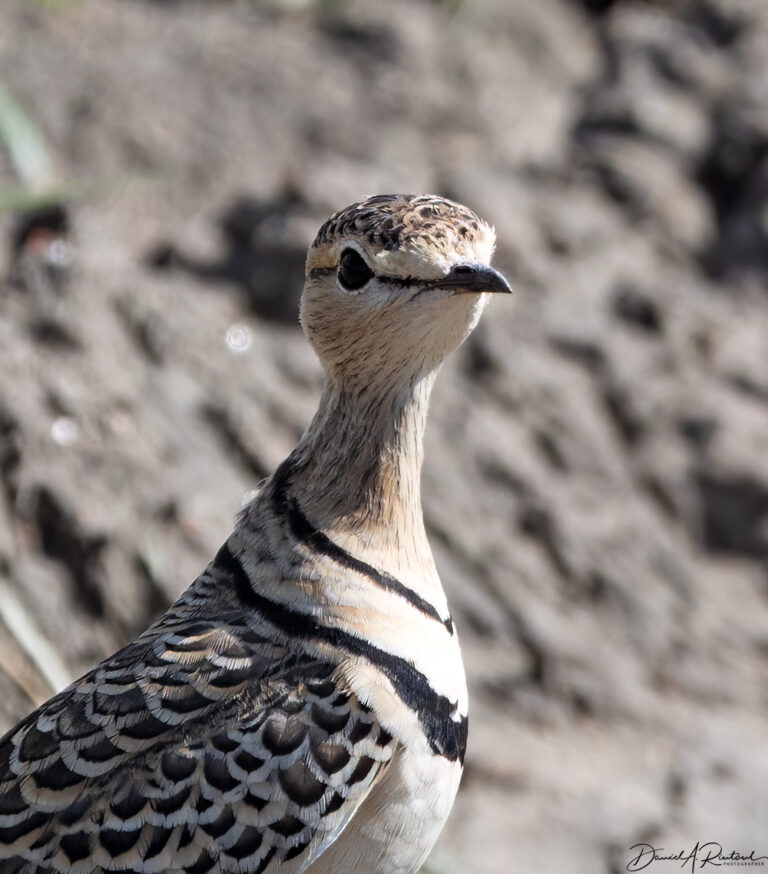
Another member of the family Glareolidae is this Double-banded Courser (Smutsornis africanus), which has appeared previously in this OTR series. This one was much more accommodating, so you get to see its up-close-and-personal portrait. Like the pratincoles, these birds are insectivores. But unlike the pratincoles, they chase their insect prey by running after them. And like the Bat-eared Foxes above, a big part of their diet is termites. Click here for larger image.
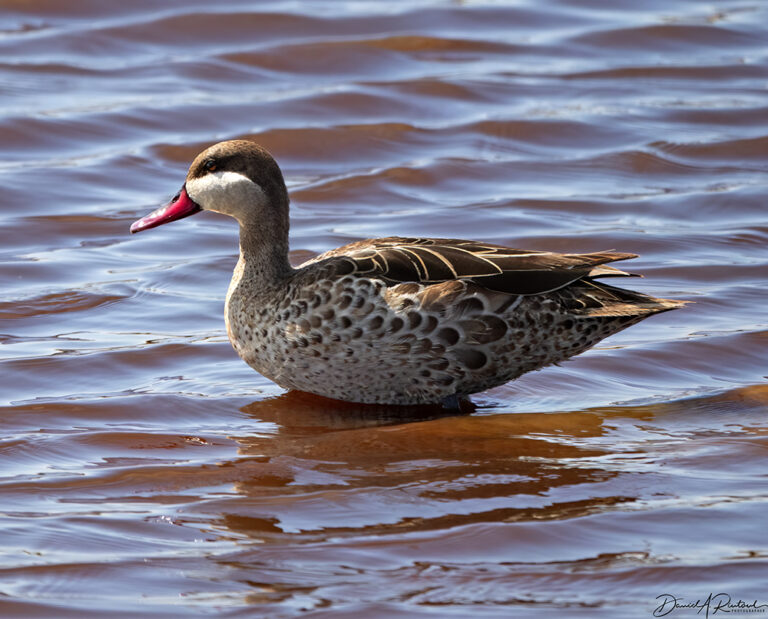
We also encountered another bird previously mentioned in OTR, the Red-billed Duck (Anas erythrorhyncha, aka Red-billed Teal). This handsome duck is endemic to Africa and Madagascar, so head there if you want to see one! Click here for larger image.
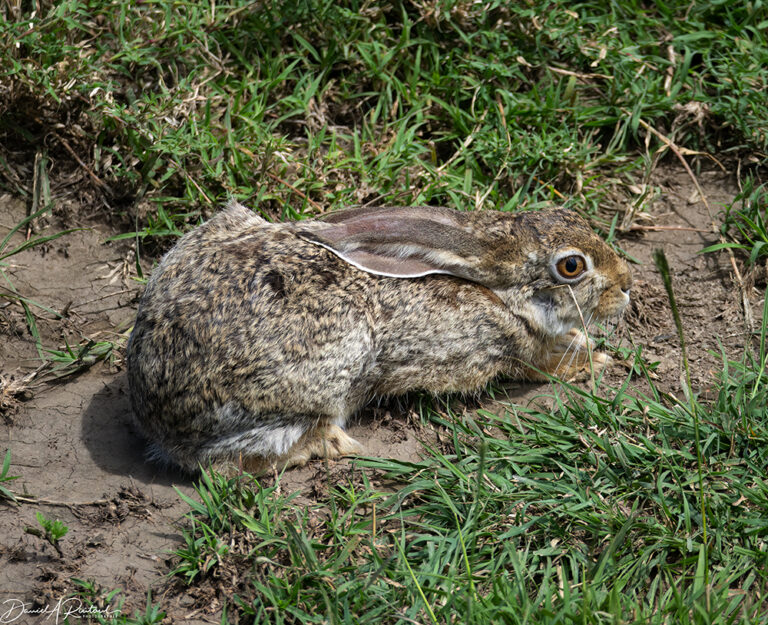
Our final critter for today is the African Hare (Lepus victoriae, aka African Savannah Hare). Larger than the European hare and the American jackrabbits, they are apparently capable of a top speed of 45 mph, and can give a cheetah a challenge, even though the cheetah is faster. This hare is capable of leaping sideways at top speed, not only to evade a running predator, but to disrupt its scent trail should some olfactorily-gifted predator be tracking it. These are nocturnal, and our guide said that we were fortunate to be able to see one in the daytime light. Click here for larger image.

YY_Sima Qian
Cool pics! The proportions of the bat eared foxes just seem… peculiar.
Deputinize Eurasia from the Kuriles to St Petersburg
Fantastic shots!
Baud
That lion knows he looks good.
mrmoshpotato
Round 1? You’re not supposed to go box the lions and cheetahs! 😁
Awesome pictures.
mrmoshpotato
@Baud: That vulture knows how to strike a pose.
Amir Khalid
That lion is indeed a handsome boy.
p.a.
Wow!
J.
Fantastic photos! Wow!
JPL
Your photos are fabulous!
JeanneT
The best part of Monday morning is seeing these photos!
OzarkHillbilly
That cheetah is in search of the Alka-Seltzer: “I can’t believe I ate the whooooole thing.”
Dr. Jakyll and Miss Deride
Nice to see disproof of the adage “Cheetahs nevah win.”
Elizabird
That double-banded courser looks triple-banded to me, with the eye-stripe. Extra value for a great image!!
lashonharangue
Amazing photos! Love the griffon close-up. Thanks
eclare
Bunny! Amazing photos!
mvr
Whether the picture does the Zebras justice or not, the light in that photo is really amazing and calming.
Thanks!
Yutsano
Handsome lion is handsome! I also love the duck/teal too. I’m also happy the chees got a good lunch!
Madeleine
Each individual picture is striking and the set is—what is the word?—breathtakingly eye-opening?
SteveinPHX
Thank you!
pieceofpeace
These are terrific photos, love the cheetah, lion, griffon. You bring the animal world to us, to see and admire, to appreciate – thank you.
Paul in KY
Amazing photos all!
StringOnAStick
I love that you show us animals that we’d likely never see otherwise, I suppose because wildlife shows focus on the big, charismatic critters. Thank you!